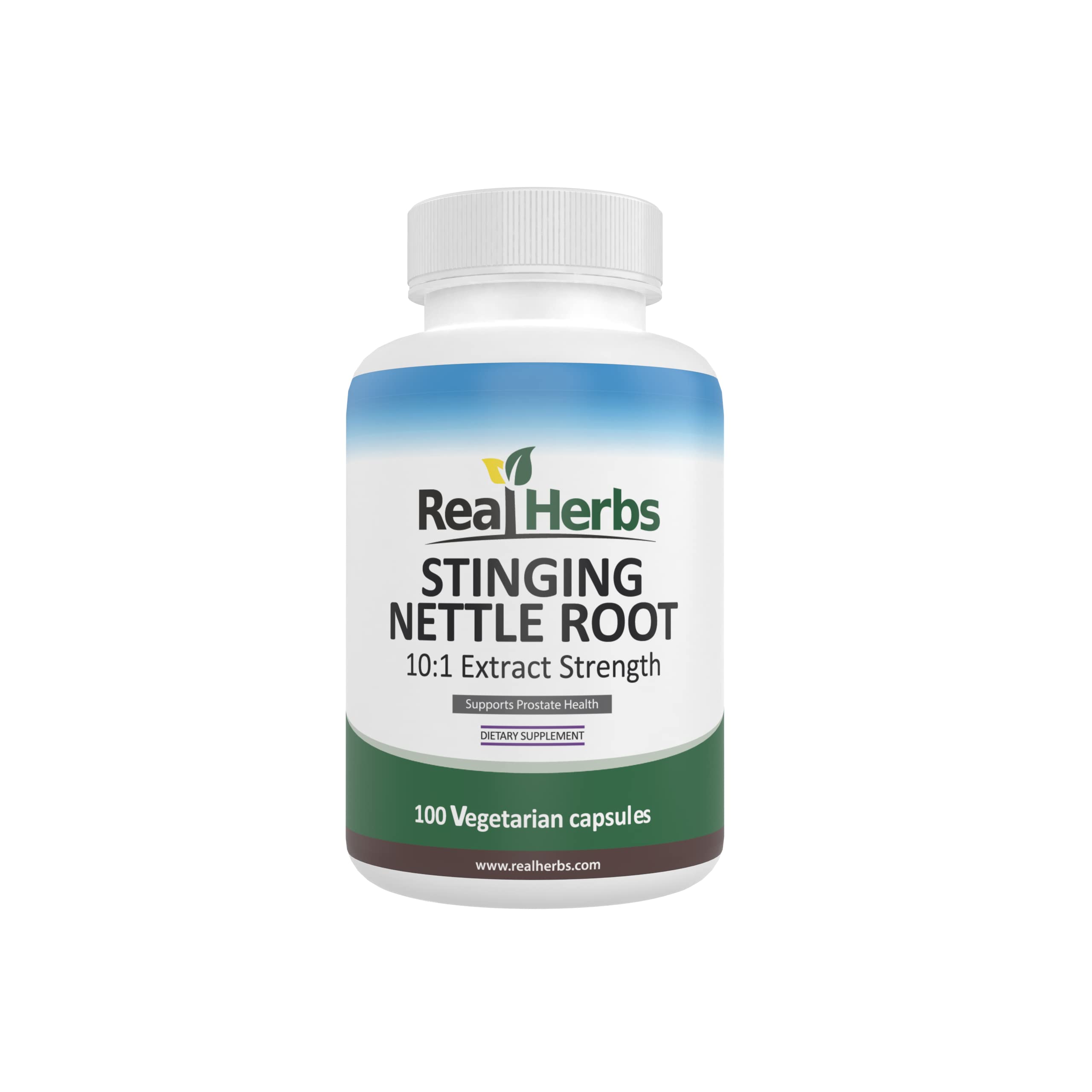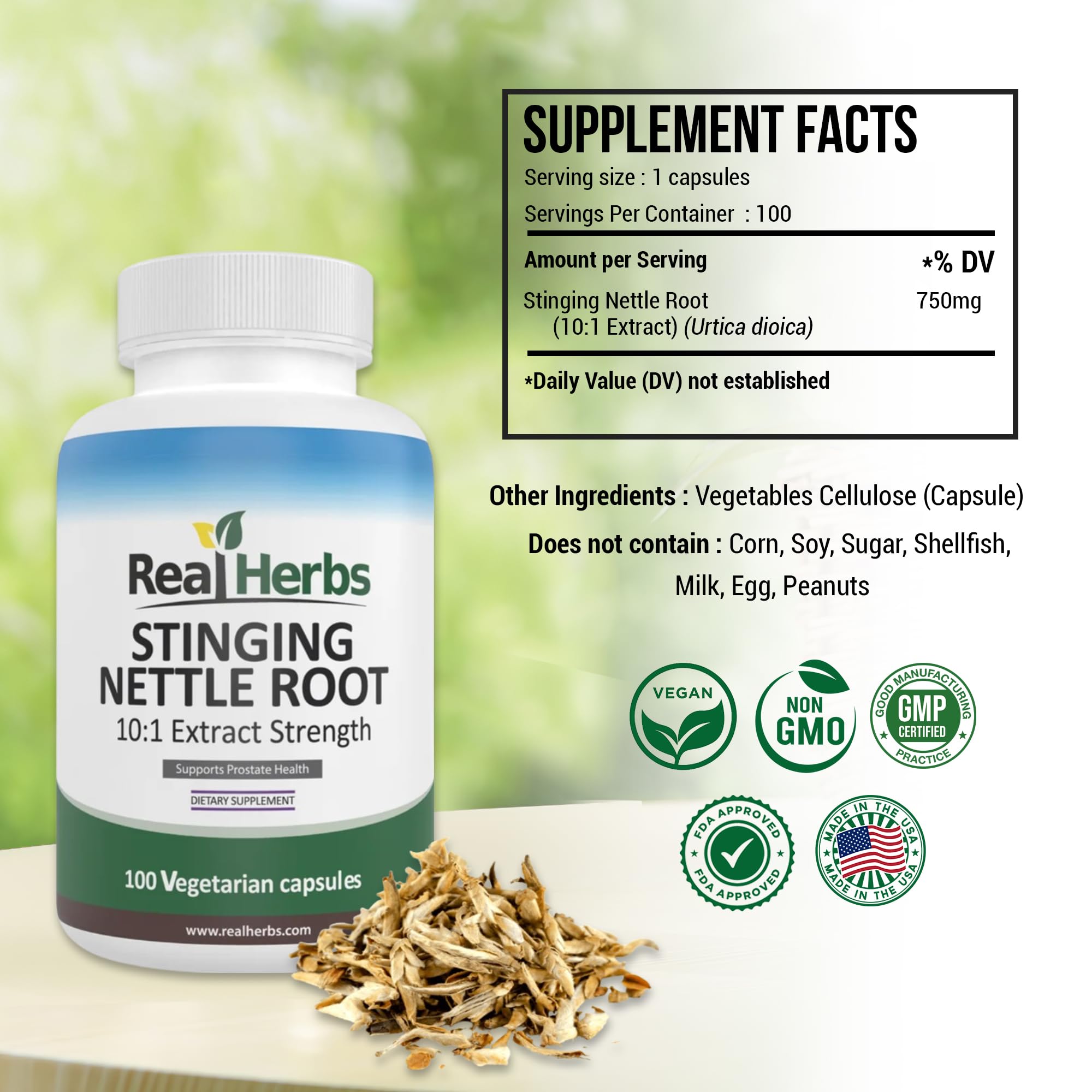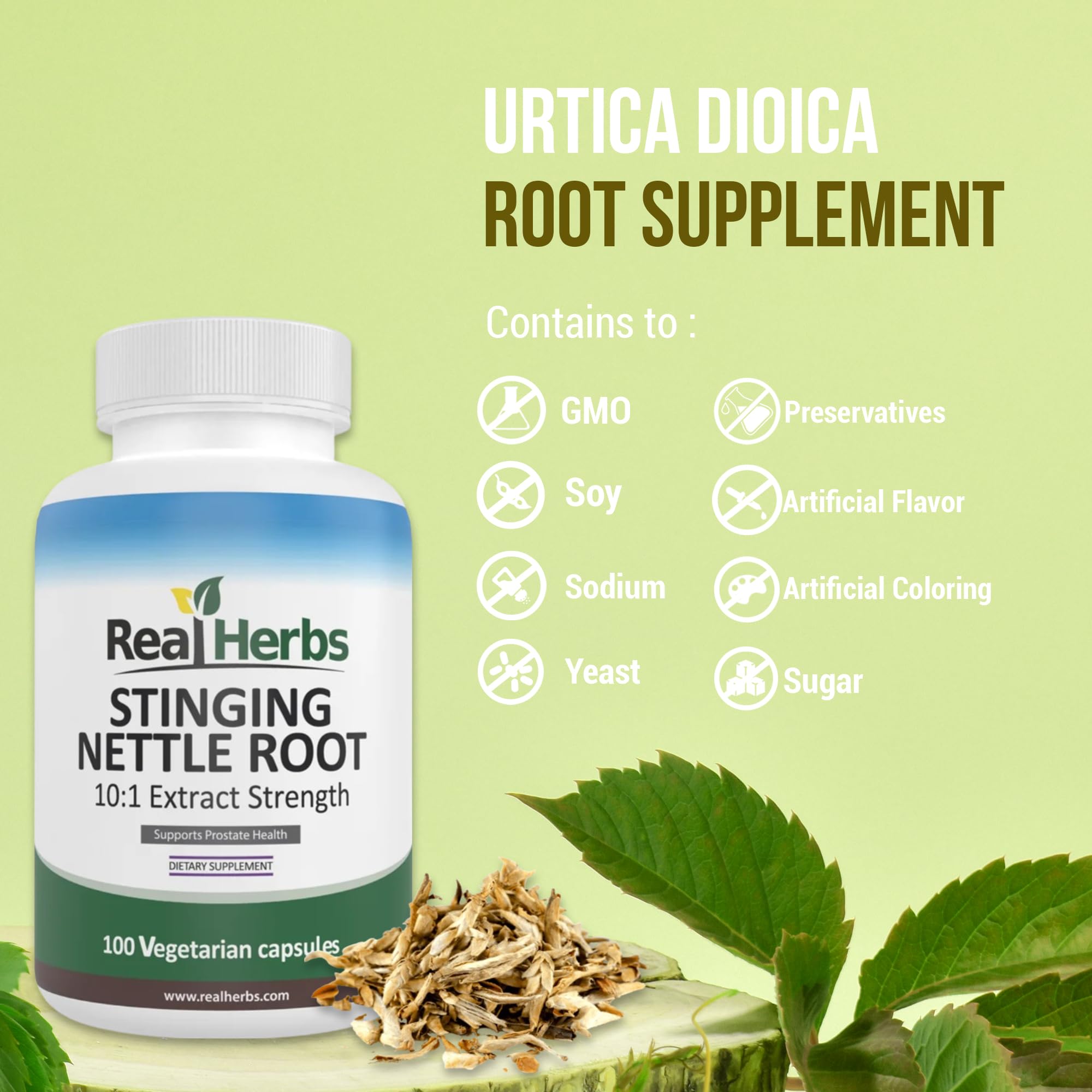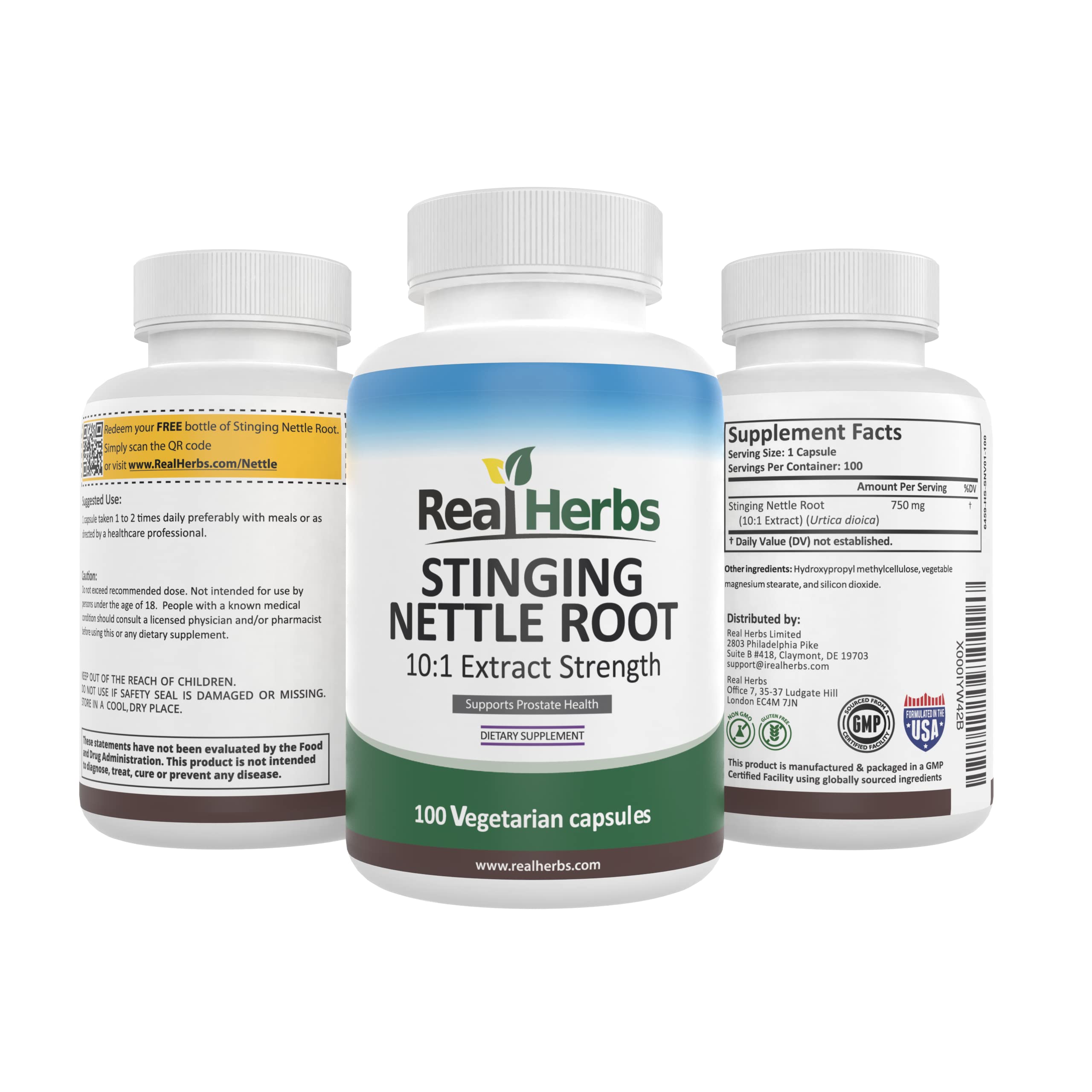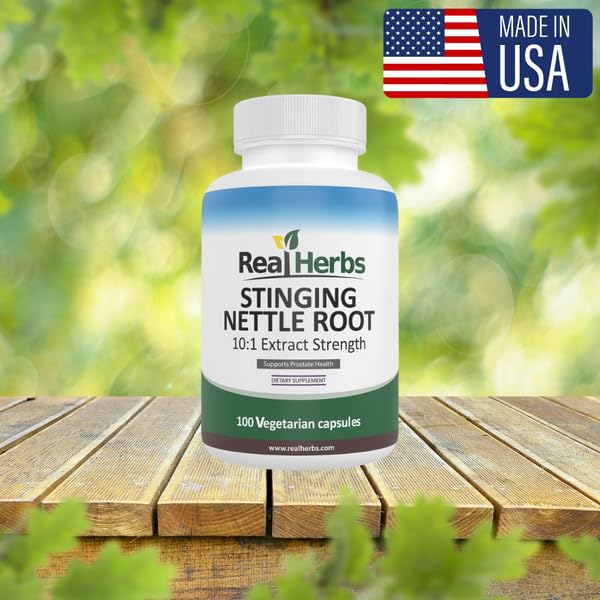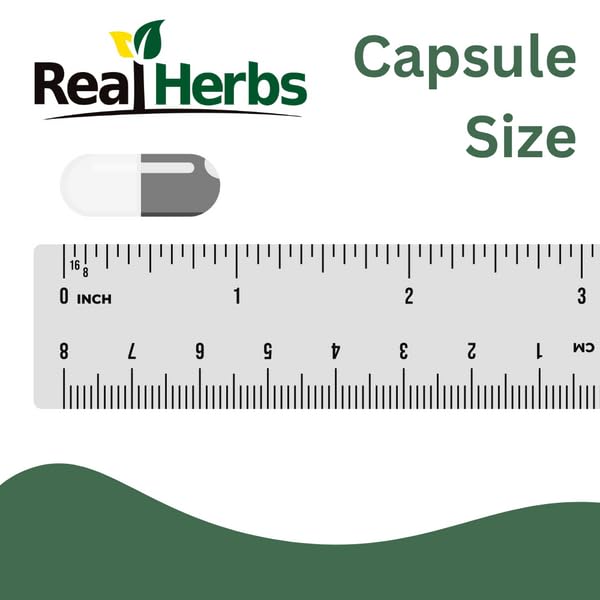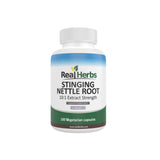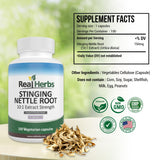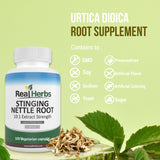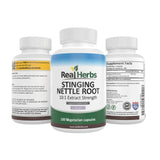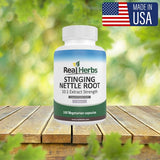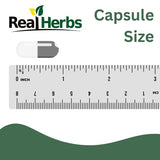Why Sourcing Matters: The Bioavailability of Stinging Nettle Root
Why Sourcing Matters: The Bioavailability of Stinging Nettle Root
Ensuring the active compounds actually reach your body for maximum benefit.
The Bioavailability Challenge
When you take a supplement, the goal isn't just to swallow the ingredient; it's to ensure the beneficial compounds are absorbed into the bloodstream in an active form and at a sufficient concentration to exert a therapeutic effect. This concept is called bioavailability, and it poses a major challenge for many herbal remedies, especially those derived from complex structures like the stinging nettle root [4]. The root's key compounds—the lignans and phytosterols crucial for prostate and hormonal support—are highly concentrated, but their structure makes them difficult for the body to access [3].
This guide explains why sourcing and extraction methods are non-negotiable quality checks for stinging nettle root supplements, and how they directly influence the clinical effectiveness seen in human trials [6].

1. The Extraction Imperative: Lipophilic Compounds
The core health benefits of stinging nettle root—its ability to modulate Sex Hormone Binding Globulin (SHBG) and inhibit prostate cell activity—are attributed to its lipophilic (fat-soluble) compounds, particularly its lignans and sterols [2]. This means they do not dissolve easily in water, making simple tea preparations far less effective than concentrated extracts [2, 4].
- The Problem with Raw Powder: Consuming raw, dried, or simply powdered nettle root forces your digestive system to break down tough plant cellulose walls and attempt to absorb these lipid-soluble molecules. Much of the beneficial content is often simply excreted [4].
- The Solution: Standardized Extraction: Effective supplements use alcohol or specialized solvents (like dichloromethane, ethanol, or methanol) to chemically dissolve and isolate these lipophilic compounds, concentrating them into a potent extract [2, 3]. This pre-digestion step ensures that a maximal amount of the active ingredient is ready for absorption [1].
- Clinical Relevance: The successful clinical trials demonstrating relief from BPH symptoms utilized these concentrated, highly bioavailable extracts, often standardized to a specific percentage or concentration ratio (e.g., 10:1 extract) [6, 7].
2. Molecular Barriers: The Role of Metabolites
Even after extraction, the path to absorption is complex. The phenolic compounds in nettle root, such as the lignans, are metabolized by gut bacteria, which can either increase or decrease their biological activity [1].
The gut acts as a secondary processor, converting primary phenolic compounds into smaller, more absorbable metabolites (like enterolignans). The final health effect depends on the efficiency of this conversion and how well the final metabolite is absorbed [1]. Key factors influencing this conversion include:
- Gut Microbiome Health: A healthy, diverse microbiome is necessary to properly metabolize nettle’s compounds into their active forms.
- The Compound Itself: Different lignans in the root (like 3,4-divanillyltetrahydrofuran) show varying rates of absorption and binding affinity to SHBG [2].
3. Sourcing and Purity: The Contamination Risk
Where and how nettle is grown is paramount to both potency and safety. Nettle is a potent accumulator, meaning it easily draws substances—good and bad—from the soil into its tissues [3].
- Heavy Metal Accumulation: If the plant is harvested from polluted soil, it may contain high levels of heavy metals, which are harmful even in small amounts [3, 4]. Responsible sourcing from clean, verified farmland is a necessary safety step that directly impacts the quality of the final extract.
- Part Purity: A premium supplement should use only 100% root extract, as the chemical profile of the leaf and root are different (the leaf contains more anti-allergy compounds; the root contains more anti-BPH lignans) [3, 5].
4. Your Buyer's Checklist for Bioavailability
To ensure you purchase a stinging nettle root supplement that is actually bioavailable and effective, look for these quality indicators:
- Extraction Method Specified: Look for "Extract" or "Standardized Extract," not just "Powder" or "Raw Root." This confirms the lipophilic compounds have been intentionally concentrated [4].
- Concentration Ratio: Ensure the ratio is high (e.g., 10:1 or 20:1). This means 10 or 20 pounds of raw root were condensed into one pound of extract, providing therapeutic potency [4].
- Tested for Purity: The manufacturer should conduct third-party testing to confirm the absence of heavy metals (due to the plant's accumulator nature) [4].
- Targeted Use: The product should be marketed specifically for prostate health or hormonal balance, confirming the inclusion of the root, not the leaf [3].
Choose Guaranteed Bioavailability, Choose Real Herbs
Don't waste time and money on raw nettle powders your body can't absorb. For the highest bioavailability and proven effectiveness, choose a scientifically sourced extract.
Our Solution: Real Herbs Stinging Nettle Root is a highly concentrated extract, meticulously processed to ensure maximal extraction of the critical lignans and phytosterols, guaranteeing the potency used in clinical trials for BPH relief [6, 7].
Your results are protected by our 100-Day Money-Back Guarantee!
"I switched to Real Herbs' extract after reading about bioavailability. The difference in my urinary flow was clear within weeks." - Tom R.
"The peace of mind knowing the extract is third-party tested for purity makes all the difference." - Ken S.
Disclaimer: The information provided in this article is for educational purposes only and is not intended as medical advice. Always consult with a qualified healthcare professional before making any decisions about your health or starting any new supplement regimen.
Scientific Credibility & Citations
- Bonetti G, et al. In Vitro Bioaccessibility, Transepithelial Transport and Bioavailability of Nettle (Urtica dioica L.) Phenolic Compounds. *J Agric Food Chem*. 2016. PMID: 27713992 (Bioaccessibility of Phenolics)
- Martz F, Kankaanpää S. Stinging Nettle (Urtica dioica) Roots: The Power Underground—A Review. *Plants (Basel)*. 2025. PMID: 39861633 (Root Phytochemistry, Lipophilic Compounds)
- Đurović S, et al. Chemical Constituents of Stinging Nettle (Urtica dioica L.). *Molecules*. 2024. PMC10970493 (Chemical Constituents, Sourcing Impact)
- Toplicean IM, et al. An Overview on Nettle Studies, Compounds, Processing and the Circular Bioeconomy. *Frontiers in Chemistry*. 2024. PMC11678622 (Processing/Extraction Overview)
- Lichius JJ, et al. The inhibiting effects of stinging nettle root extracts on experimentally induced prostatic hyperplasia in mice. *Planta Med*. 1997. PMID: 9270373 (Animal Model, Extracts Used)
- UDE consumption in BPH patients: Urtica Dioica Root Extract on Clinical and Biochemical Parameters. *Iran J Pharm Res*. 2020. PMID: 32981268 (Clinical Trial Efficacy)

